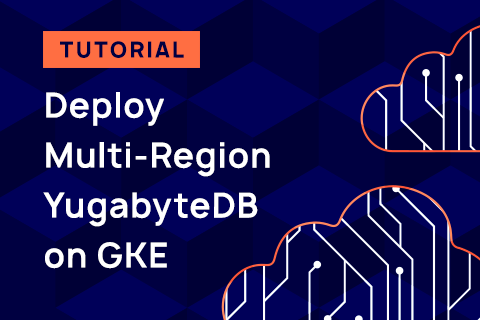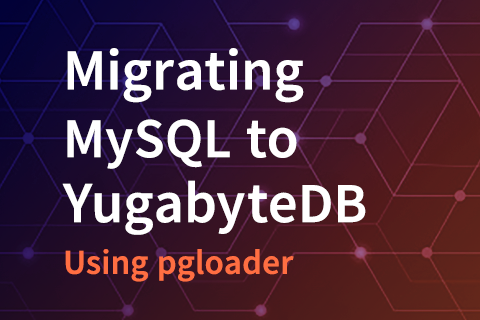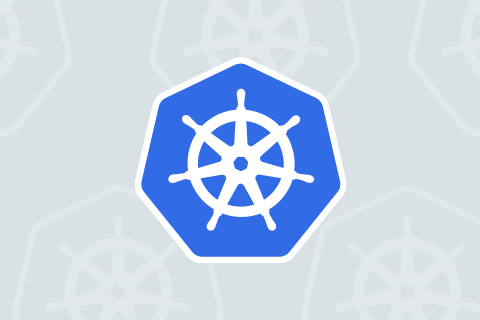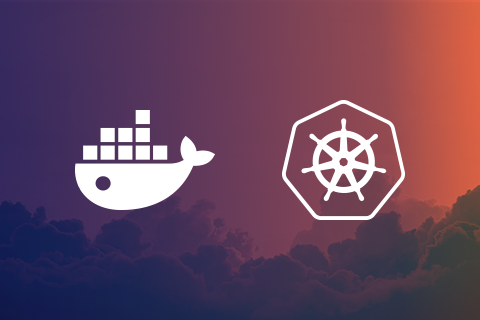Tutorial: How to Deploy Multi-Region YugabyteDB on GKE Using Multi-Cluster Services
The evolution of “build once, run anywhere” containers and Kubernetes—a cloud-agnostic, declarative-driven orchestration API—have made a scalable, self-service platform layer a reality. Even though it is not a one size fits all solution, a majority of business and technical challenges are being addressed. Kubernetes as the common denominator gives scalability, resiliency, and agility to internet-scale applications on various clouds in a predictable, consistent manner. But what good is application layer scalability if the data is still confined to a single vertically scalable server that can’t exceed a predefined limit?
…







